How to Write a Winning NGO Grant Proposal: In order to solve social, environmental, and humanitarian issues, non-governmental organizations (NGOs) are essential. However, NGOs frequently need outside funding to realize their goals and increase their effect. Grants are among the most dependable and calculated methods of obtaining such funds.
It takes both art and science to write a strong grant proposal; it calls for strategy, clarity, credibility, and connection with the donor’s values. In a funding environment that is becoming more and more competitive, NGOs need to learn how to write applications that inspire as well as inform. The key elements and techniques for crafting an effective NGO grant request are described in this essay.
For your NGO, a strong grant submission can lead to long-term influence, relationships, and money. Writing a strong and convincing proposal is crucial, nevertheless, because of the intense competition and little resources.
Table of Contents
How to Write a Winning NGO Grant Proposal: Key Takeaways
- An effective grant proposal showcases an organization’s dedication to its mission and builds ties with grant-making organizations.
- To write and submit a robust grant proposal, an organization needs to plan the required time and expenses, understand its project, and clearly define success scenarios.
- Telling a compelling story in a grant proposal shows the potential impact of the project and attracts funders’ interest.
- A grant inquiry letter may be required to get approval from a grant-making organization before sending a grant proposal.
Also Read: 10 Instagram Tips for the Modern Nonprofit
Understanding The Donor
Researching the donor organization is the first step before starting to write. Each has its own priorities, eligibility requirements, and preferred areas of action, regardless of whether it is a government agency, corporate CSR funder, philanthropic foundation, or international agency. It is easier to modify the proposal to suit the donor’s goals if you are aware of their mission, beliefs, and past grantees.
Following Guidelines Precisely
Every grant opportunity comes with guidelines, such as:
- Word or page limits
- Document formats (e.g., PDF, Word)
- Required attachments
- Submission deadlines
Write a Powerful Summary
Ignoring these instructions can lead to immediate disqualification. NGOs must create a checklist of requirements and confirm that every element is included before submitting.
The executive summary acts like a trailer for a movie—it must be clear, concise, and compelling. It should summarize:
Also Read: Best Practices for Strategic Planning in Nonprofits
- The problem you’re solving
- Who it impacts
- Your proposed solution
- Expected outcomes
- Amount of funding required
Keep it under one page and write it last, after you’ve developed the full proposal.
Defining The Problem
After the executive summary, the next vital part of the proposal is clearly defining the problem. This section must explain why the project is necessary, based on real, measurable challenges. Use credible data from sources like the Census, NFHS, or government reports, alongside observations from the field, case studies, or testimonials.
The goal is to demonstrate that the issue is not only pressing but also specific to the community you aim to serve. For instance, rather than a general statement like “youth unemployment is a problem,” say, “In District X, youth unemployment stands at 42%, almost double the national average.”
NGO Grant Proposal – Presenting The Solution
Now that the issue has been precisely described, the proposal ought to provide a concise and workable fix. Provide specifics about the methods, places, and timeline your NGO plans to use to solve the issue. This section should outline the main actions you have planned and break down your goals into smaller targets.
If you’re addressing menstrual hygiene awareness, for instance, list the number of sessions, the location, the facilitator, and the number of females who will benefit from them.
Also Read: Collaboration vs Competition
Monitory And Evolution
The funders of today are outcome-oriented; they seek tangible, quantifiable impact. A solid monitoring and evaluation (M&E) plan is therefore crucial. This section should outline how your non-profit will monitor development and assess project success. Which signs are you going to keep an eye on?
Which methods will you use to gather the data- interviews, MIS systems, surveys, or outside assessments? Who is going to be in charge of it? Additionally, explain to the donor how you plan to communicate these results (e.g., monthly reports, dashboards, ultimate impact evaluations).
NGO Grant Proposal – Risk and Assumptions
This section of the proposal describes the external factors that may impact the success of the project. Identifying the risks and assumptions will help you not only in developing a stronger proposal but will also show the donor that you have a good understanding of external and internal factors.
Also by thoroughly analyzing these, you will be in a better position to mitigate the risks and reduce the chances of project failure. While assessing the risks and assumptions you should look at :
- Political Willingness
- Resource Availability
- Climatic Conditions
- Accessibility
- Support of government
- Internal organization issues (Experts, trainers and staff)
Budget and Justification
- Break down the budget by categories such as personnel, training, materials, travel, and administration.
- Ensure each cost is clearly justified. For example, explain why you need 3 field staff or how much training material costs per session.
Also Read: Future of NGOs How Trends Like Web3
- Align the budget with your activity plan. If you’re running 10 workshops, your transport, printing, and facilitation costs should reflect that.
- Include the NGO’s contribution- either in cash or kind (e.g., office space, volunteer hours, existing staff).
- Provide a summary sheet and detailed budget table. Keep it transparent and realistic to avoid red flags.
Conclusion
Writing a successful NGO grant submission involves more than just completing paperwork; it involves crafting a narrative that relates a genuine issue to a workable, organized solution. The most successful proposals are those that show clarity, responsibility, and long-term vision, as well as a thorough understanding of the needs of the community and a seamless alignment with the donor’s mission.
Also Read: Role of Data Analytics in Nonprofit Decision Making
Your NGO can differentiate itself in a crowded funding market by clearly describing the issue, offering workable answers, and outlining how success will be tracked and maintained.


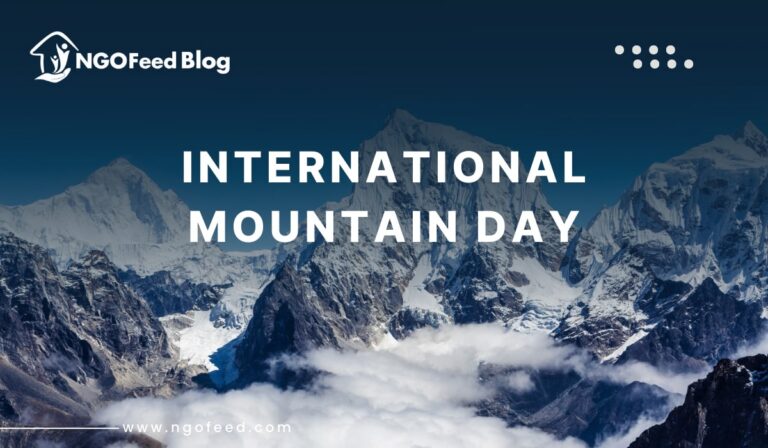
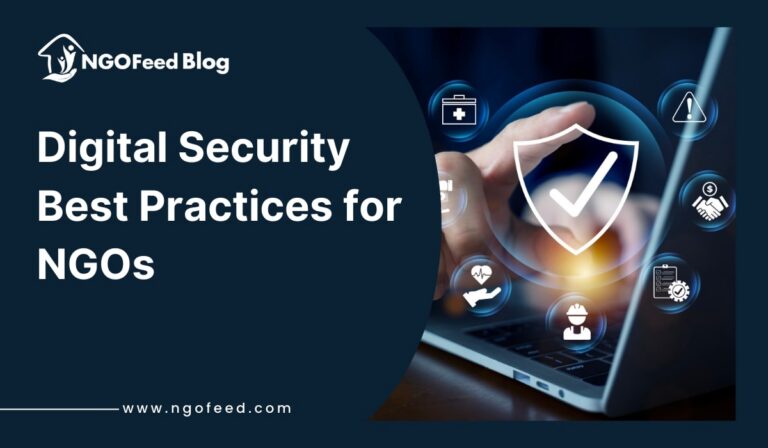
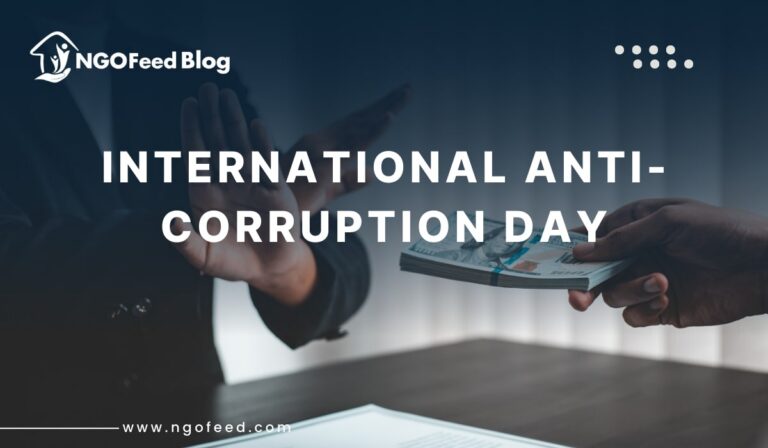

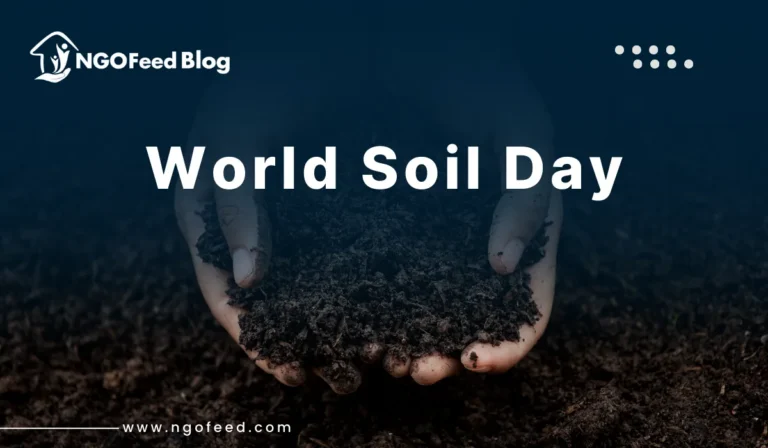
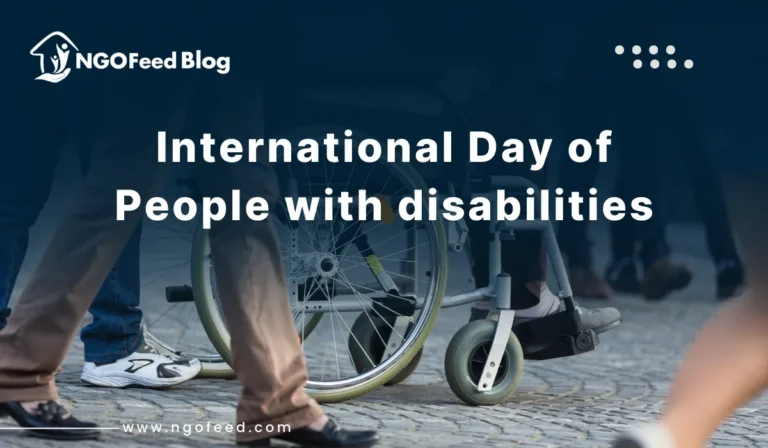
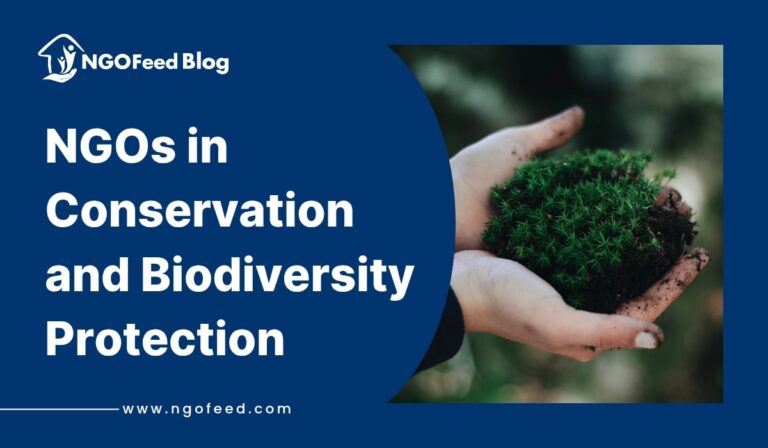

Very Informative